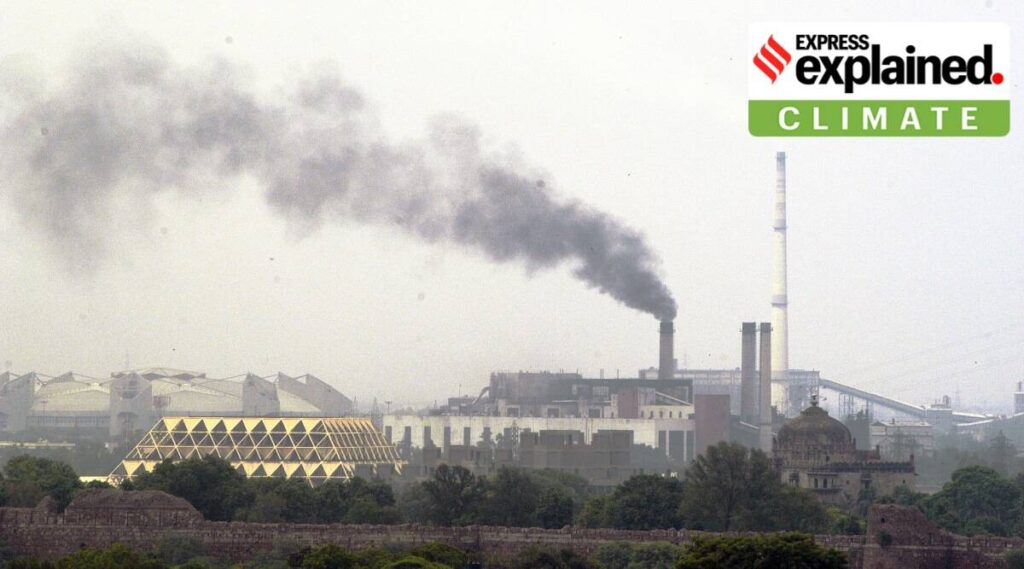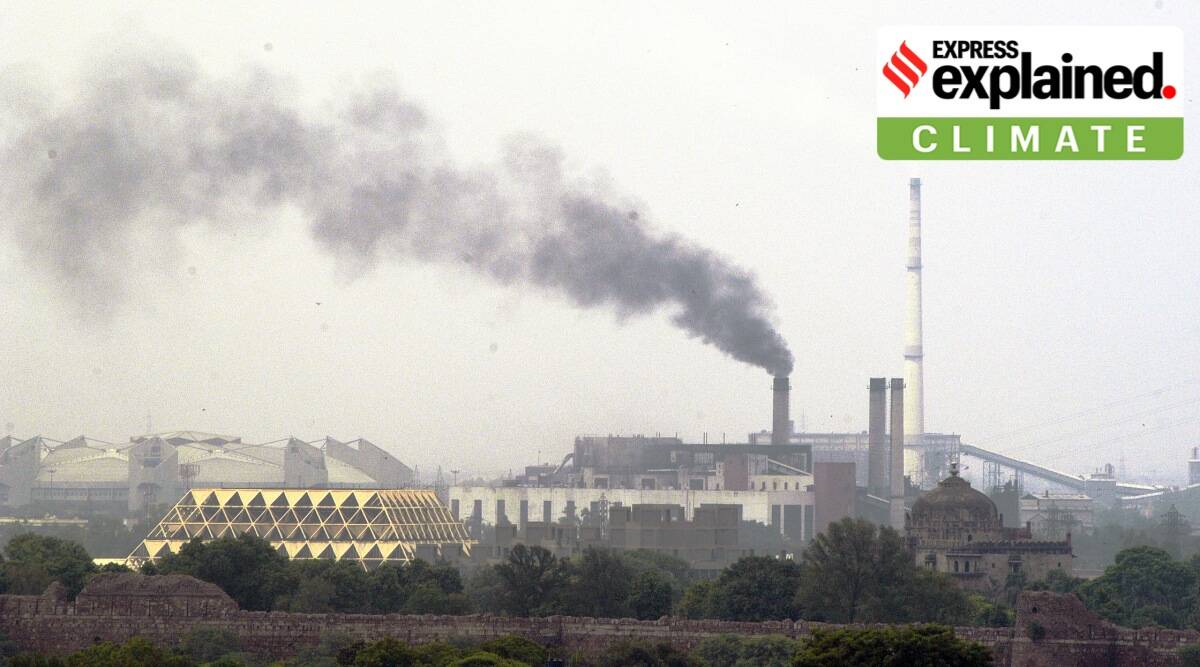A Bill to amend a 20-year law, the Energy Conservation Act, was introduced in Parliament Wednesday. One of the most significant provisions of the Bill is to create a domestic carbon market.

In order to facilitate the achievement of more ambitious climate change targets and ensure a faster transition to a low-carbon economy, the government is seeking to strengthen a 20-year law, called the Energy Conservation Act of 2001, which has powered the first phase of India’s shift to a more energy-efficient future.
The Bill to amend the Energy Conservation Act, 2001, which was introduced in Parliament on Wednesday, has two main objectives. First, it seeks to make it compulsory for a select group of industrial, commercial and even residential consumers to use green energy. A prescribed minimum proportion of the energy they use must come from renewable or non-fossil fuel sources. And second, it seeks to establish a domestic carbon market and facilitate trade in carbon credits.
Importantly, the amendment Bill seeks to widen the scope of energy conservation to include large residential buildings as well. Till now, the energy conservation rules applied mainly on industrial and commercial complexes.
Energy Conservation
The 2001 law defined standards for energy conservation and efficiency to be followed by a select group of industries and commercial complexes. Efficiency standards were also prescribed for equipment and appliances like air conditioners or refrigerators. This law set up the Bureau of Energy Efficiency (BEE) to promote the use of more efficient processes and equipment in order to save energy. The star ratings on various household appliances and the largescale shift to LED bulbs were some of the successful initiatives of BEE that have resulted in massive energy savings over a period of time.
The overall objective has been to improve energy efficiency across sectors, so that much more productivity can be obtained from the same amount of energy. Over the years, India’s energy intensity, or the amount of energy consumption per unit of GDP, has declined significantly.
New provisions
The amendment Bill seeks to build upon the progress made so far. For example, just like the standards for appliances and equipment, energy consumption standards would be specified for motor vehicles, ships and other water vessels, industrial units, and buildings. In the case of vehicles and water vessels, fuel consumption norms would be defined. And just like it is for appliances and equipment, the new provisions would empower the government to prohibit the manufacture or import of any vehicles or water vessels if it does not conform to the prescribed energy standards.
New sustainable building codes are to be defined which every building with a certain threshold of energy consumption, whether industrial, commercial or residential, would have to adhere to. Every such building would have to ensure that at least a part of its total energy consumption comes from renewable or non-fossil fuel sources. This would help in reducing the proportion of fossil-fuel based energy being used in the economy and push the demand for renewable or other non-fossil fuels.
What are carbon markets?
The creation of a domestic carbon market is one of the most significant provisions of the proposed amendment Bill. Carbon markets allow the trade of carbon credits with the overall objective of bringing down emissions. These markets create incentives to reduce emissions or improve energy efficiency. For example, an industrial unit which outperforms the emission standards stands to gain credits. Another unit which is struggling to attain the prescribed standards can buy these credits and show compliance to these standards. The unit that did better on the standards earns money by selling credits, while the buying unit is able to fulfill its operating obligations.
Under the Kyoto Protocol, the predecessor to the Paris Agreement, carbon markets have worked at the international level as well. The Kyoto Protocol had prescribed emission reduction targets for a group of developed countries. Other countries did not have such targets, but if they did reduce their emissions, they could earn carbon credits. These carbon credits could then be sold off to those developed countries which had an obligation to reduce emissions but were unable to. This system functioned well for a few years. But the market collapsed because of the lack of demand for carbon credits. As the world negotiated a new climate treaty in place of the Kyoto Protocol, the developed countries no longer felt the need to adhere to their targets under the Kyoto Protocol. A similar carbon market is envisaged to work under the successor Paris Agreement, but its details are still being worked out.
Domestic or regional carbon markets are already functioning in several places, most notably in Europe, where an emission trading scheme (ETS) works on similar principles. Industrial units in Europe have prescribed emission standards to adhere to, and they buy and sell credits based on their performance. China, too, has a domestic carbon market.
A similar scheme for incentivising energy efficiency has been running in India for over a decade now. This BEE scheme, called PAT, (or perform, achieve and trade) allows units to earn efficiency certificates if they outperform the prescribed efficiency standards. The laggards can buy these certificates to continue operating.
However, the new carbon market that is proposed to be created through this amendment to the Energy Conservation Act, would be much wider in scope. Although the details of this carbon market are not yet known, it is likely to be on the lines of the European ETS, facilitating the buying and selling of carbon credits.
Source : The Indian Express

